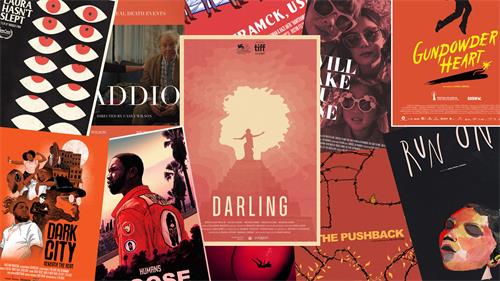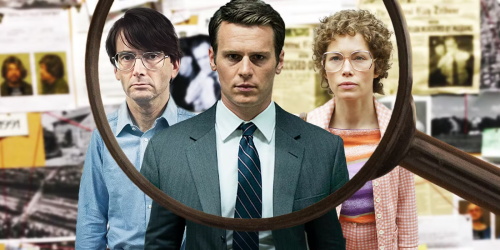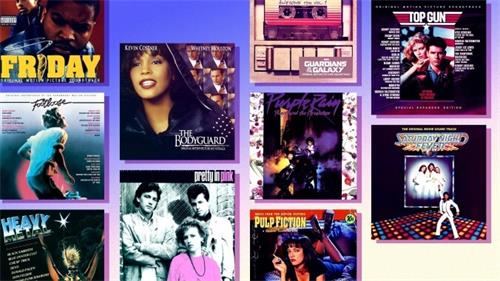
Movie posters have long been a crucial aspect of cinema, serving as the gateway for audiences to step into the world of a film. From their golden age in the mid-20th century to the digital graphics of today, they have been a vibrant form of visual art. Yet, as we navigate the 21st century, one must ask: Is the art of movie posters a dying trend?
A Brief History of Movie Posters
The origins of movie posters date back to the late 19th century, when films first began to be screened in public. These posters were simple, often featuring only text to inform potential audiences about a film. As the medium evolved, so did the posters. The early 20th century saw illustrated posters becoming the norm, with hand-painted designs showcasing scenes, characters, or themes of the films they advertised. Iconic examples include Saul Bass's minimalist designs for Hitchcock classics like Vertigo and The Man with the Golden Arm, which elevated posters into the realm of high art.
In the mid-20th century, poster art flourished alongside Hollywood’s Golden Age. Artists such as Drew Struzan became legends for their stunningly detailed work, seen in posters for Star Wars, Indiana Jones, and Back to the Future. These posters were more than advertisements; they were collectible pieces of art.
The Shift Towards Minimalism and Uniformity
The turn of the 21st century brought significant changes to movie poster design. Digital tools replaced traditional methods, allowing for faster and more cost-effective production. However, this shift also led to the rise of generic templates, often referred to as "floating heads" — posters dominated by close-ups of actors' faces with little else to suggest the film’s story or tone.
The move towards uniformity can be attributed to the increasing reliance on data-driven marketing. Studios now test posters in focus groups and optimize them for social media platforms, often prioritizing recognizability over creativity. While this approach ensures a broad appeal, it has arguably stifled innovation.
The Role of Streaming Services
The rise of streaming platforms like Netflix, Disney+, and Amazon Prime has further complicated the landscape. With films often skipping theatrical releases altogether, the traditional movie poster is losing its primary stage: the cinema lobby. Instead, thumbnails and banners on streaming apps have become the new marketing standard. These designs are typically smaller in scale and less intricate, focusing on instant recognizability in a crowded digital interface.
The Renaissance of Alternative Movie Posters
Despite the decline of traditional posters, a counter-movement has emerged in the form of alternative movie posters. Independent artists and boutique studios like Mondo have gained a cult following for their reimagined designs of classic and modern films. These posters often prioritize artistic interpretation over marketing needs, offering a fresh perspective on beloved stories. While these works are niche and not part of official campaigns, they highlight the enduring appeal of creative poster art.
Social Media and Digital Culture’s Impact
Social media has become a double-edged sword for movie posters. On one hand, platforms like Instagram and Pinterest have given independent artists a platform to showcase their work to global audiences. On the other, the need for "shareable" content has pushed studios to design posters that function more as memes or viral images than as standalone works of art. For instance, teaser posters featuring cryptic symbols or minimalist designs are often crafted with the intent of generating online buzz.
International Markets: A Different Approach
In international markets, particularly in countries like Japan and Poland, the art of movie posters remains vibrant and distinct. Japanese movie posters often feature intricate designs and elaborate montages that reflect the country’s unique aesthetic preferences. Meanwhile, Poland’s tradition of surreal and avant-garde poster art continues to thrive, offering a stark contrast to the commercialized designs prevalent in Hollywood.
Why Does It Matter?
The decline in traditional movie poster artistry is more than a matter of nostalgia; it reflects broader shifts in how films are marketed and consumed. A great poster has the power to intrigue, to spark curiosity, and to leave a lasting impression. It can be an art piece in its own right, transcending its promotional purpose to become a cultural artifact.
What the Future Holds
The future of movie posters may hinge on a balance between functionality and creativity. As the industry adapts to digital consumption, there is room for innovation. Augmented reality (AR) and virtual reality (VR) technologies could offer new dimensions to poster art, allowing audiences to interact with designs in immersive ways. Additionally, collaborations with independent artists could inject fresh ideas into mainstream campaigns.
Conclusion
While the art of movie posters may no longer occupy the same cultural prominence it once did, it is far from dead. Instead, it is evolving alongside the film industry and audience behaviors. Whether through digital innovation or the continued efforts of passionate artists, movie posters still have the potential to captivate and inspire. The challenge lies in preserving their artistic integrity in an age dominated by algorithms and instant gratification.





